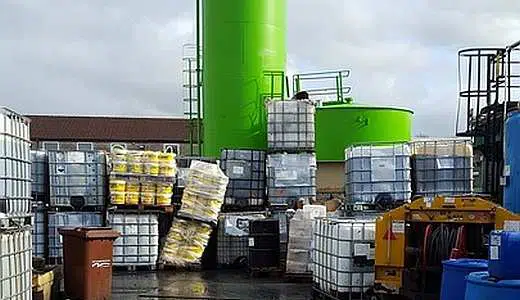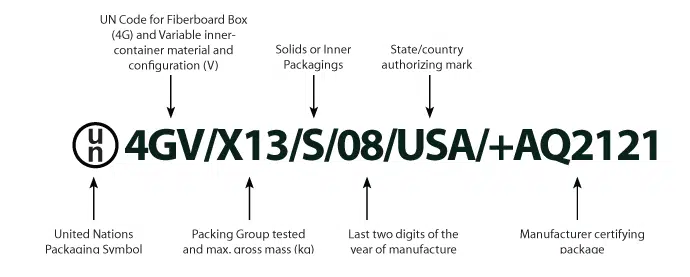Hazardous and dangerous goods are sensitive merchandize when it comes to storage, handling and transportation, thus they need to be packaged in special UN approved packaging materials. These materials undergo special treatments and tests in order to ensure the perfect containment of the substances packaged in them.
The key purpose of these materials is to prevent at all costs the spillage, leaking or emission of these substances in the environment and to prevent any person handling the products from getting into contact with them.
The Hard Business of Working with Hazardous Goods
Let us face it, nobody is really enthusiastic about dealing with dangerous and hazardous goods. However, somebody has to do this job it falls to logistic and transportation companies to shoulder the responsibility and to provide companies dealing with such products with adequate products and services.
Transporting dangerous goods is a highly regulated activity all over the world, at it goes beyond using UN approved packaging materials. At every step of the journey of the products from its originating point to its final destination, there are check-ups and documentation needs to be produced in order to prove that the materials are packaged and handled according to international and local regulations.
Each such transport needs to have a UN specification marking code. In this article, we will help you interpret the meaning of this code which ensures the safe and legal transportation of dangerous materials.
The Specification Marking Code for UN Approved Packaging Materials
The structure of this code is as follows:
The round UN packaging symbol signifies that the packaging material has been tested by the UN and has passed its performance tests. UN approved packaging materials are made from standard packaging materials, such as stackable EURO containers and pallet boxes. These products are then treated with special coatings and subject to testing in order to obtain the certification.
The UN code for type of packaging and material specifies the type of packaging product used for containing the hazardous material and the type of material these packages are made of.
The UN codes for types of packages are:
- 1 Drums/Pails
- 2 Barrels
- 3 Jerry cans
- 4 Box/ Container/ Crate
- 5 Bags
- 6 Composite packaging
For types of materials, the codes are:
- A Steel
- B Aluminum
- C Natural wood
- D Plywood
- F Reconstituted wood
- G Fiberboard
- H Plastic
- L Textile
- M Paper, multi-wall
- N Metal (other than steel or aluminum)
- P Glass, porcelain or stoneware (not used in these regulations)
The packing group classifies the packaged products according to the degree of danger they present:
- Packing group I: Substances presenting high danger;
- Packing group II: Substances presenting medium danger;
- Packing group III: Substances presenting low danger.
The other elements of the code identify the year of manufacturing, the country and the manufacturer’s certification code for the UN approved packaging materials.
Safety Precautions in Storing and Handling Dangerous Goods
UN approved packaging materials do not guarantee the safety of your employees and your premises without applying adequate safety procedures and policies at the workplace.
According to EU regulations, employees who handle or come into contact with dangerous goods need to be informed of:
- the physical and chemical properties of the dangerous goods;
- the type of personal protective equipment they need to use;
- how to read the safety and operating instructions;
- how to act in case of emergency;
- how to operate a fire extinguisher;
- the information they need to give fire brigade in case of emergency.
In order to protect your premises from contamination, packaged products should be kept on leaking trays which can contain accidental spillages. These accessories are designed to be resistant to a wide range of hazardous materials and prevent the spillage from contaminating the floor and putting your employees in danger.
As a final takeaway, UN approved packaging materials will only ensure protection if you train your employees to use the best practices in storing and handling these materials and if you collaborate with a transportation company of good reputation.
 International - English
International - English





 United Kingdom -
United Kingdom -